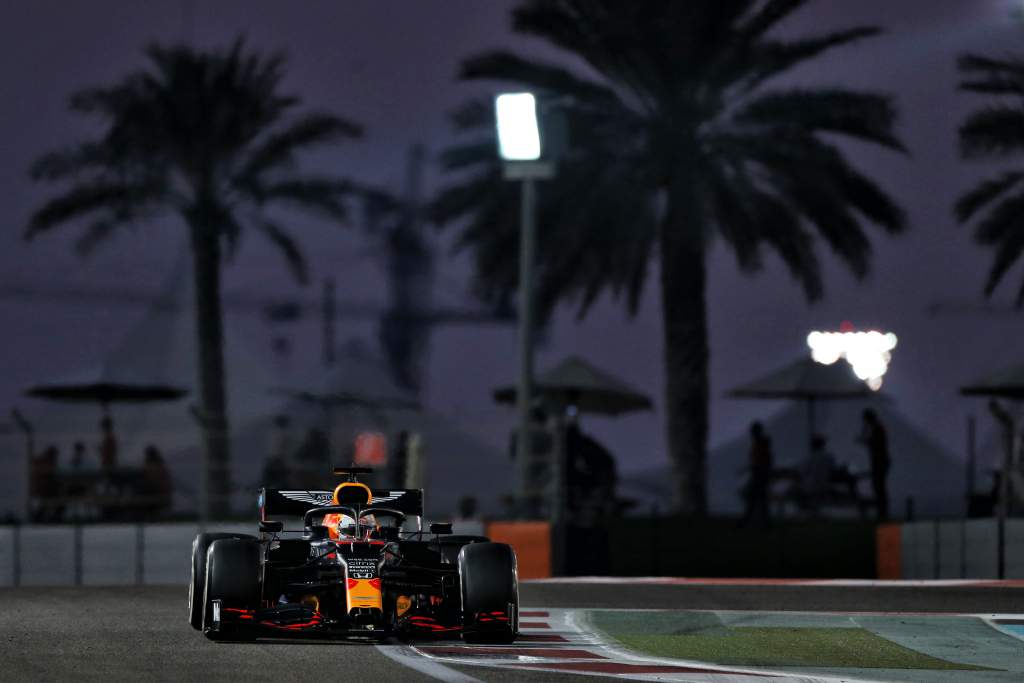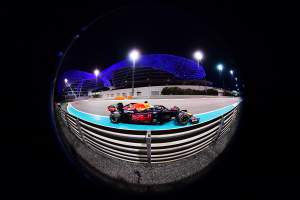Up Next

The Red Bull Formula 1 team headed into 2020 amid optimism that its strong finish to the previous season had laid the foundations to take on Mercedes.
It heads into 2021 in a very similar position – having been comprehensively outclassed this year, before finishing on a high with victory from pole position in the Abu Dhabi season finale.
So it’s the same old story for Red Bull? Well, yes and no.
It’s true that Red Bull has fallen into a pattern of finishing campaigns better than it started while not making good on its title-challenging pretentions in recent seasons, but the reasons for it have varied over the years.
In 2020, Red Bull opted for a new front-end concept that followed the Mercedes trend and made revisions all around the car.
This was part of a consciously aggressive approach that – even in what was then the final year of a rules cycle – it opted for given the need to unlock more potential to exploit to have any chance of catching Mercedes.
“If you want to create a concept that overperforms compared to our competitor, the only way is to change the type of concept” :: Pierre Wache
It also fixed some of the weaknesses in the front-end concept used in 2019, when it started the season following its previous approach but was tripped up by the front wing rule changes. This meant shifting more towards an inboard-loaded front wing and a change in the way it approaches its endplate design.
“Knowing the results we had last year on the RB15 versus our competitors, we know that if we want to beat them, we have to take some risk,” says technical director Pierre Wache.
“I know that the risk is big, but if you want to create a concept that overperforms compared to our competitor, the only way is to change the type of concept.
“If we keep on the same concept we had before, the rate of development is not the same and the potential of this could be reduced compared to what we are now.
“That is why we took this risk. Maybe it was not wise to do it, but that is why.”
The Mercedes-style narrow nose with revised cape underneath was the most obvious change – also requiring changes to the steering system with the steering gear and reservoirs moved forward.
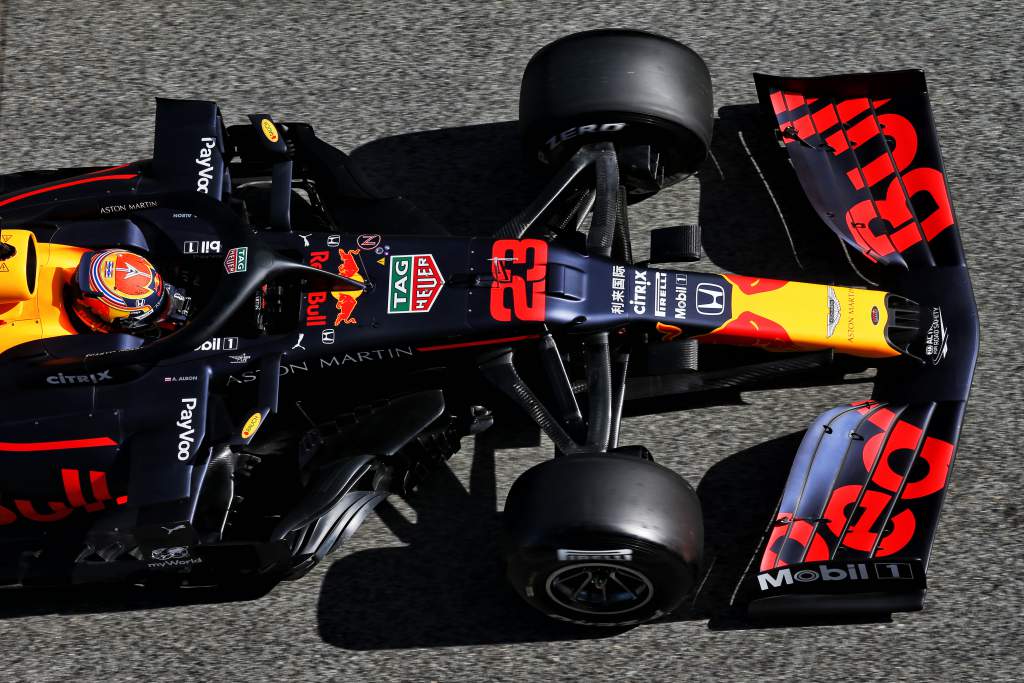
The objective was to deliver energised airflow to the bargeboards earlier, following the trend now adopted by the majority of teams.
Getting these areas to work together and present the airflow to the underfloor as hoped appears to have been the main challenge over the season.
Aside from that, Red Bull continued with its high-rake approach, so this was more about following the prevailing trend than simply copying the whole approach of its rival.
But though the car produced good downforce, it became clear in pre-season testing with the RB16 swapping ends on several occasions in the hands of both Max Verstappen and Alex Albon that all was not quite right.
While part of Red Bull’s early troubles can be ascribed to learning a car that had changed significantly – with Wache agreeing that the car change was “a part of it” – there was more to it than that.
“Some correlation issues we had created some misunderstanding of the behaviour of the car, more than inconsistency,” Wache continues.
“We had some issues on the car that we didn’t anticipate and this issue had to be fixed during the season, creating some inconsistency in terms of performance.
“But this issue was not creating inconsistency itself, it is more because we tried to fix the problem we have.”
The problem manifested itself early in the season in fast corners at the Red Bull Ring, but over the initial races of 2020 a decent compromise was struck that balanced up the all-round performance of the car.
There was a trade-off here, though, and a little had to be sacrificed in the lower-speed corners.
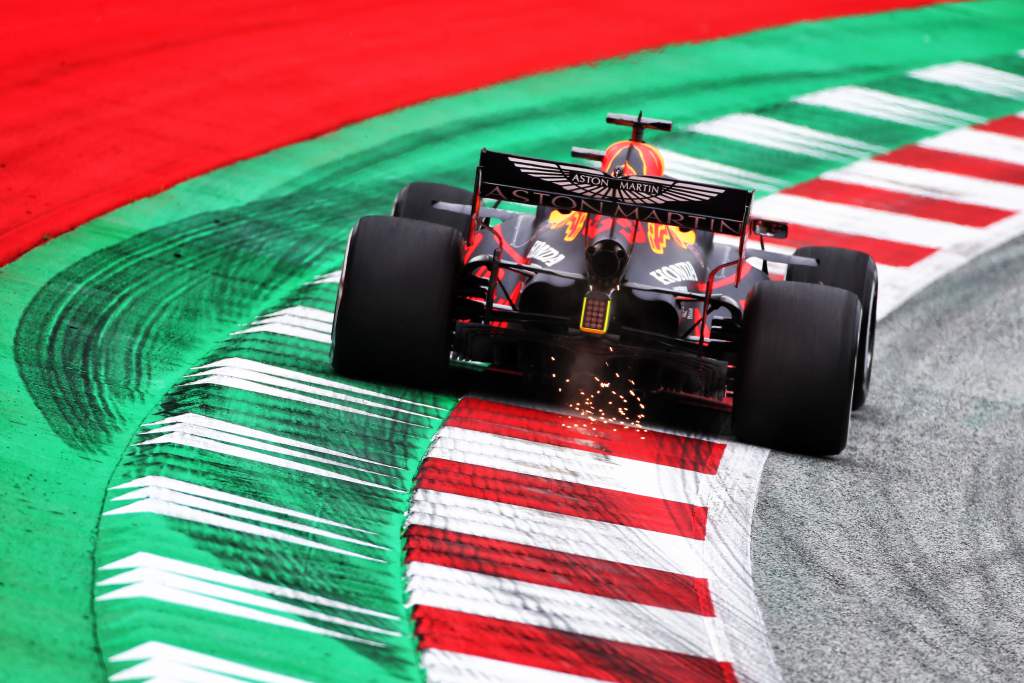
“If you look at the season start, there was more of a split between the high and low speed,” says Red Bull chief engineer Paul Monaghan.
“By the time the car reached the second Silverstone [race], I think we were in a much better place with the higher-speed corners than earlier races, certainly the first one or two.
“Then I think that it’s evolved pretty evenly, high and low speed, since Silverstone really. I can’t think there’s been a huge shift one way or the other really.”
The fact Red Bull ran two different nose specifications at the Austrian races shows how much work was still going into making the front end work.

That it ultimately settled on the older version seen in testing as it experimented with how to distribute the front wing load suggests the development path wasn’t as smooth as hoped. But once that decision was made, good progress ensued.
This still left the car with a weakness in the entry phase for medium-speed corners that carried through the season. And while that improved dramatically through the campaign, it still didn’t appear to be the easiest car to drive, which is perhaps also reflected in the fact that it wasn’t as effective in looking after the tyres as Red Bull’s cars of the previous few years.
The Race’s technical expert Gary Anderson suggested from testing onwards that part of the problem was the high-rake design – intended to get the front wing as close to the ground as possible – working with a front suspension designed to assist that process contributing to the problem by pushing things too far. Do that and you can risk losing control of the powerful vortices that are vital to making F1 cars work.
In the quickfire 2020 season the problems only really became clear when the racing finally started at the Red Bull Ring in July, leaving it little time to fix them.
What followed was continual upgrades to the end of the season, including a significant mechanical upgrade at the rear end that boosted the car’s performance from the Nurburgring in October onwards. Slots added to the under-nose cape for the Turkish Grand Prix also appeared to help the car’s low-speed characteristics by ensuring quality of airflow to the floor.
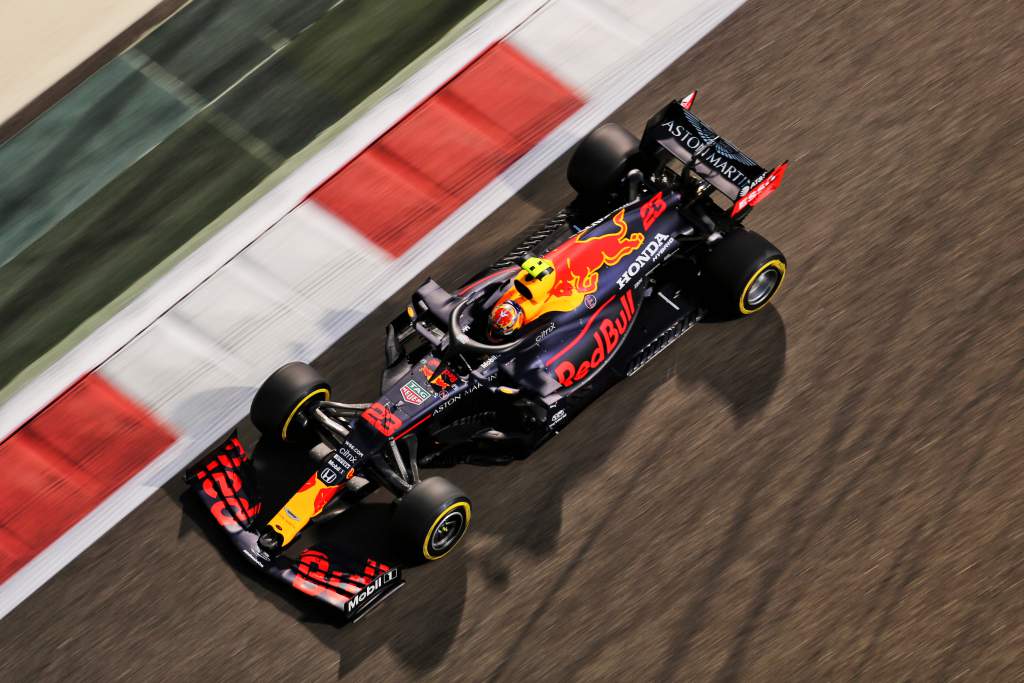
Even at the last race of the season Red Bull raced a lower-drag single-pillar rear wing for the first time having trialled it in Bahrain.
This combined with the car’s ongoing strength in lower-speed corners, a track that therefore suited it and with Mercedes struggling to make the tyres work, to add up to a victory.
That was encouraging, but the fact Mercedes had ceased introducing upgrades from the seventh race of the season at Spa means the Abu Dhabi result is inconclusive as a predictor of a performance trend that would allow Red Bull still to be ahead at the start of next year.
“We’ve not achieved what we want,” says Wache. “A positive aspect is that Honda did a very good job. It is something we have to recognise, the engine was not the limitation, it was more on our side. This is very good news for us.
“For the future, it was a good learning process but clearly we didn’t achieve what we were targeting and we had quite a bit of disappointment.
“The high-speed corners and chassis deficiencies were clearly a disappointment for us.”
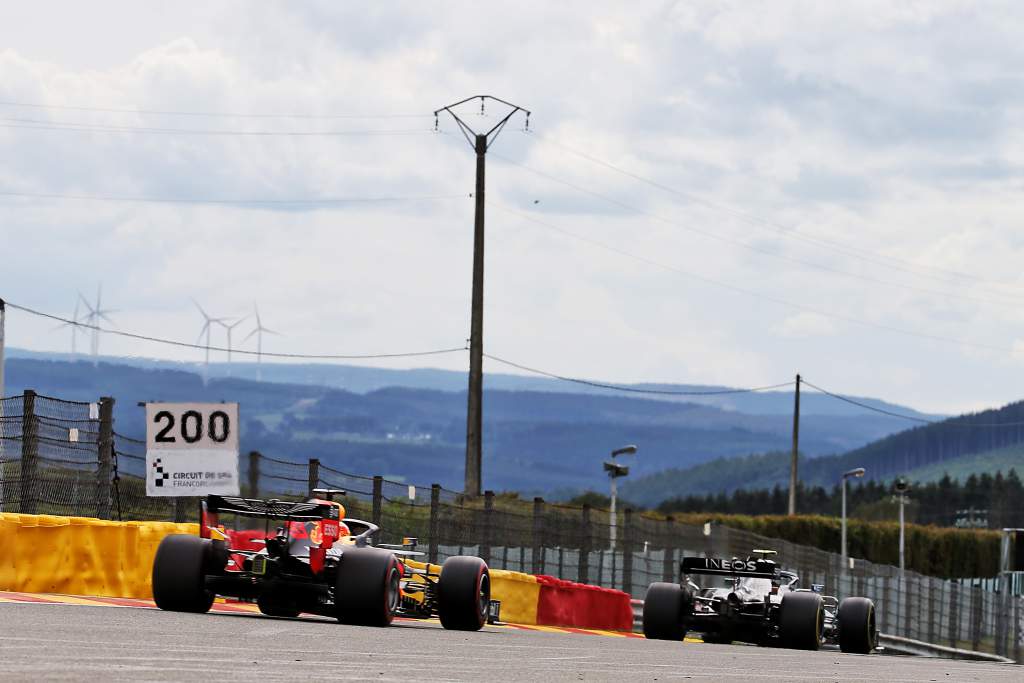
Things might have been a little different given a conventional season. While it’s fanciful to suggest that Red Bull would have had the beating of Mercedes, perhaps there could have been a more extended period of form in the closing stages of the year.
“Had we turned a wheel in Melbourne, had we realised some of the weaker areas of the car at that point, even with lockdown we wouldn’t have missed March, April, May,” says Monaghan.
We’ll only really learn how valuable the lessons of this year are if the pattern of underachievement is broken
“In June, you turn a wheel and then it starts to unravel and you realise ‘OK, we have a job on here’.
“Even in the lockdown you can’t stop thinking and it may have been that we’d have been in a better place but ifs, buts and maybes don’t make a season.
“We had 17 races and that’s what we’ve done.”
As has been the pattern for Red Bull in recent years, it was a good car, a good season, but it just fell short of what Mercedes could achieve.
What’s clear is that there is a potential upside in the car if Red Bull can fix the weaknesses of its concept aerodynamically within the bounds of what can be changed for 2021 – while also navigating the changes being made to prevent downforce levels rising beyond the capabilities of the tyres.
The fact that good gains were made over the season is encouraging and shows the problem is understood. The key will be to ensure next year’s revised, less compromised, version of the concept delivers on its potential.
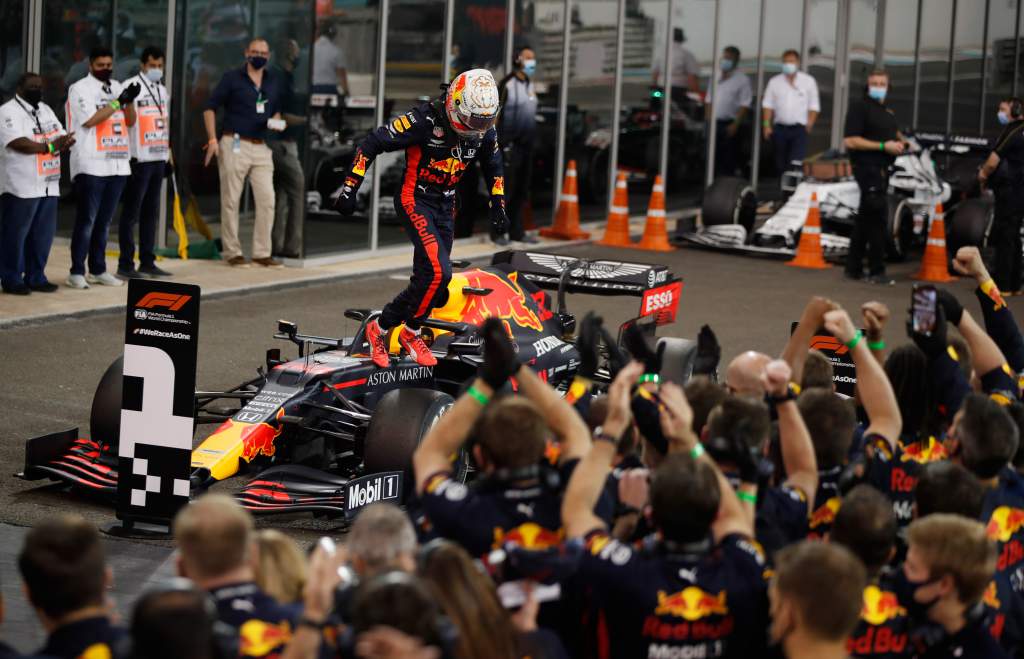
But it’s the same old story going into the winter of a strong finish and hopes that Red Bull can challenge Mercedes at the start of the next season.
We’ll only really learn how valuable the lessons of this year are if the pattern of underachievement is broken in the early stages of 2021.


